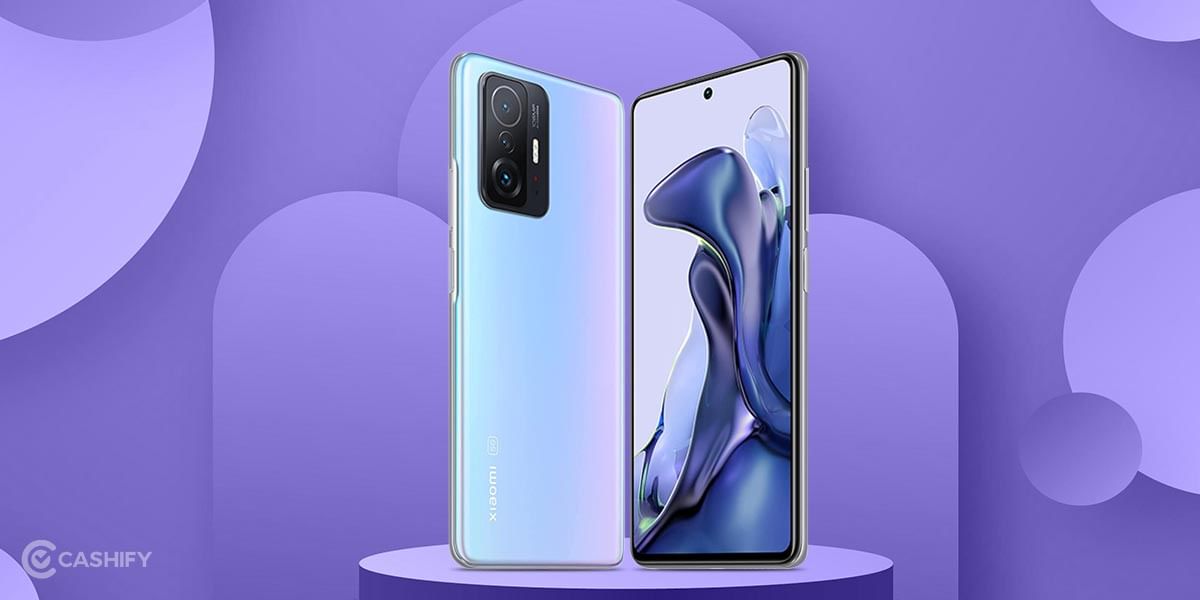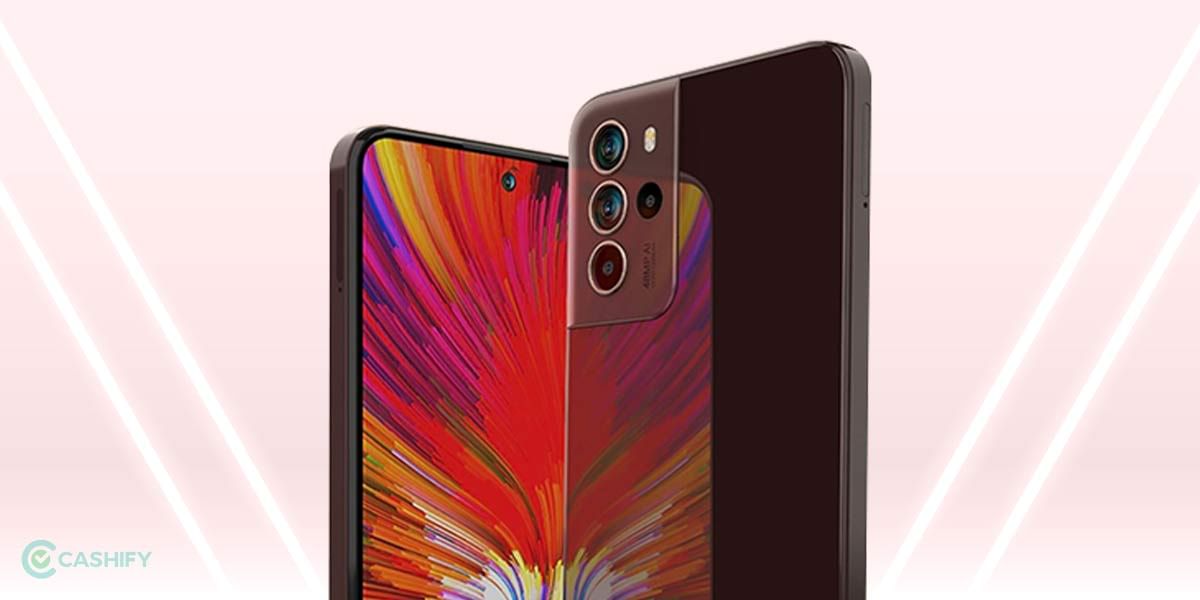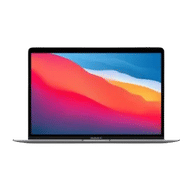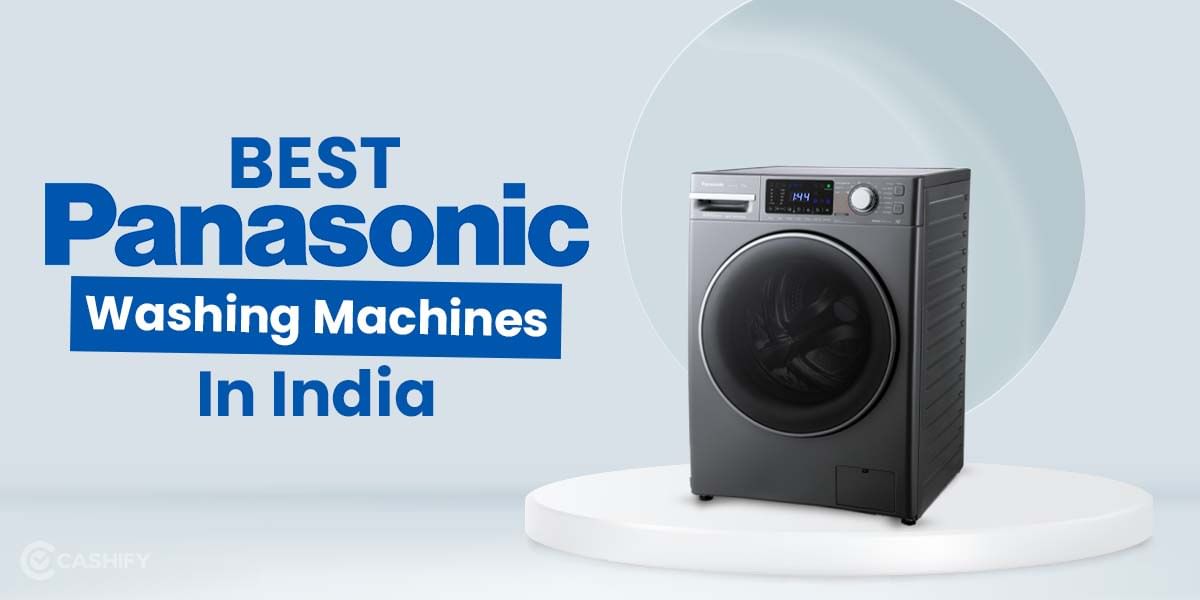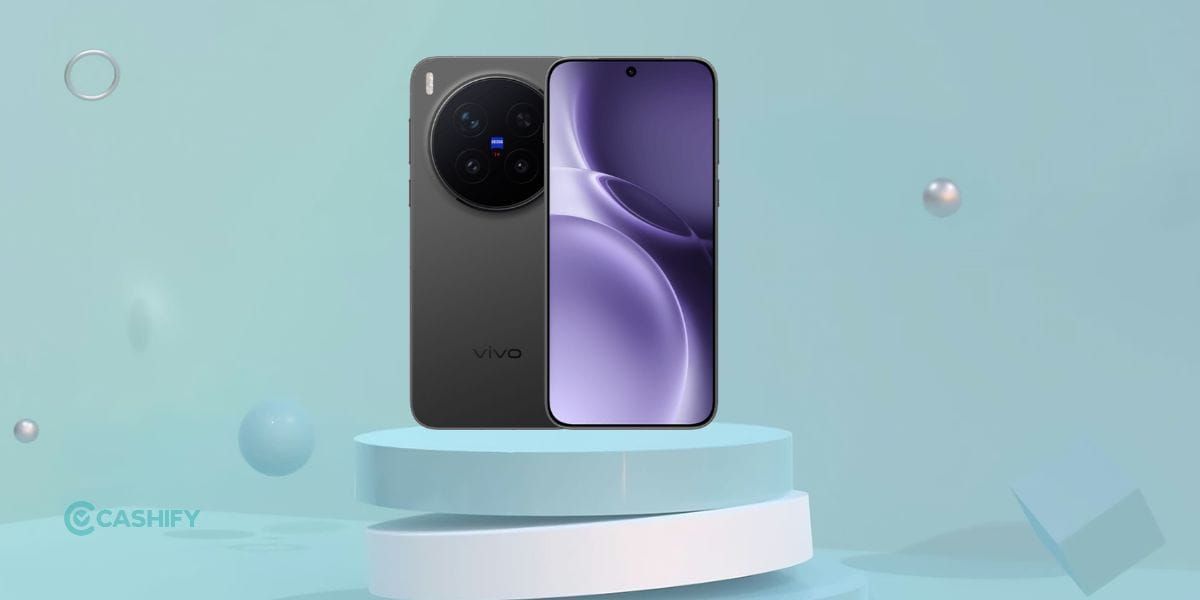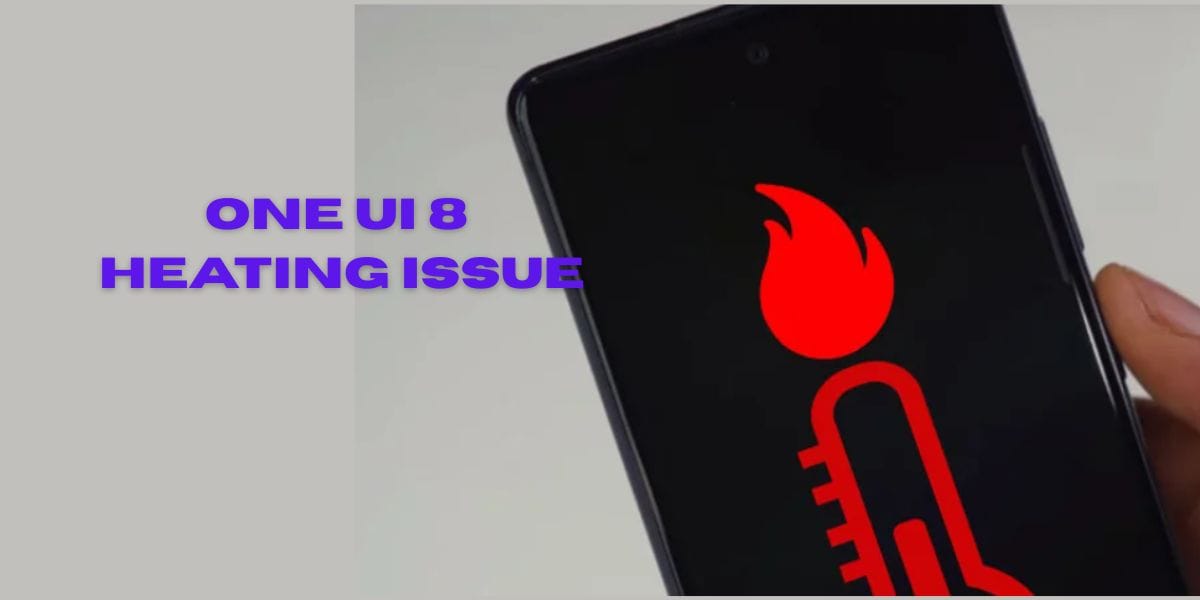MacBook Air M1 Pricing
The Intel-based MacBook Air variants have been removed from Apple’s India website, while the MacBook Air M1 has the same starting price of Rs. 92,900. This model comes with 8GB of RAM, 256GB of SSD storage, and the Apple M1 SoC’s 7-core GPU. Before you check out, you may configure it up with 16GB of RAM plus up to 2TB of SSD storage.
For Rs. 1,17,900, you can buy the MacBook Air M1 with an 8-core GPU, 8GB of RAM, and 512GB of SSD storage in the pre-configured MacBook Air. The RAM and storage can be configured again here, but nothing can be upgraded later. The MacBook Air comes in three different colours: Space Grey, Gold, and Silver.
MacBook Air M1 Specs at a glance
Before we talk in detail about the MacBook Air M1, let’s see what the on-paper specs look like:
- Display: 13.30-inch
- Chipset: Apple M1
- RAM & ROM: 8GB RAM 256GB SSD, 8GB RAM 512GB SSD
- Software: macOS Big Sur
- Weight: 1.29 Kg
- Dimensions: 304.1 x 212.4 x 10.9 mm
MacBook Air M1 Design
The MacBook Air M1 (2020) has the exact same physical look as the MacBook Air Retina variant. Both models are similar in size and weight, and it’s next to impossible to identify the two apart even when its sitting side by side. Personally, I have no problems with this. I believe the current design is both practical and stylish, and it more than meets the needs of the user.
Apple appears to want to ease consumers into the Apple Silicon age, so this MacBook Air M1 has the same wedge-shaped machined-aluminium body that we’re used to.
The layout of the keyboard, trackpad and palm-rest section are all identical to the Intel model. Above the keyboard is a Touch ID button, which is still the finest fingerprint scanner I’ve seen on a laptop. Too many fingerprint scanners on Windows laptops fail to log us in uniformly, but the Touch ID button here worked almost every time, even when I didn’t entirely cover the sensor with my finger. There are stereo speaker cutouts one on each side of its keyboard, and it supports Dolby Atmos for better audio output. The Force Touch trackpad, which is encased in glass, works flawlessly, and the scissor-mechanism keys are nice to type on.
On the left, there are two USB Type-C ports, and on the right, there is a headphone jack, which I hope Apple never removes. The Type-C ports allow Thunderbolt/USB 4 for high-speed data transfer, quick charging, and external connectivity for up to a 6K display.
The MacBook Air M1 has an identical look and feel to the previous Intel models, which is a good thing. The M1 models, on the other hand, lack an exhaust fan and are therefore cools passively. This ensures that the Air M1 is completely silent, even when performing heavy tasks.
The MacBook Air is available in gold, silver, and space grey. I prefer gold, and I truly wish Apple would make it available for the MacBook Pro too.
Planning to upgrade? Sell Your Old Laptop in 60 Seconds From Home
MacBook Air M1 Display
The MacBook Air M1 has a beautiful display. This will leave an impression on you once you see it in a store. The MacBook Air sports the same 13.3-inch IPS display as the Retina models, with a resolution of 2,560×1,600 and a brightness of 400nits, displaying sharp and clear text as well as rich colours on a P3 colour gamut. Given that most people have been using sRGB for well over a decade, display P3 has a 25% larger colour space than sRGB. P3 support was previously only available on the quite expensive MacBook Pros, so it’s fantastic to see Apple introduce it to the MacBook Air family. If you’re a photo or video editor who needs accurate colours, a MacBook Pro is no longer the only option.
It has Apple’s True Tone technology, which changes the colour temperature of the display automatically depending on ambient light. The webcam above the screen, which is the same 720p FaceTime webcam as before, is unchanged. When most competitors provide 1080p, the 720p resolution feels distinctively outdated, and with more individuals working from home these days, Apple could have given the webcam an upgrade.
The screen of MacBook Air M1 is also bordered by those large, thick bezels which have been a trademark of the MacBook Air’s design for a long time and make this laptop feel a little old. Overall, the display will not disappoint, with excellent viewing angles and good colour reproduction.
MacBook Air M1 Performance
The MacBook Air M1 is a professional-level laptop. The M1 is Apple’s first SoC for Macs, and it’s based on the same 5nm process as the A14 Bionic inside the iPhone 12 series. It has an eight-core CPU (four performance cores and four efficiency cores), as well as a seven or eight-core GPU (depends on the variant). The Apple M1 chipset, the company’s widely praised, incredibly powerful ARM-based chipset inside the Air M1 2020, provides it with the boost which was long deserved.
It never lags when you have a lot of apps open at the same time. It runs demanding applications like Photoshop and also video editing applications like Adobe Premiere without a hiccup. Even with Chrome, it has never got me thinking twice about opening another tab or ten. Apple also claims that the SSD in the MacBook Air M1 is twice as fast as the previous model.
I’ve used Qualcomm Arm processor-powered Windows laptops, and they’re slower, super buggy, and more complex than Intel systems. I expected Apple to handle the Intel-to-Arm transition better, but I didn’t expect everything to go as smoothly as it did.
I expected macOS and Apple’s own applications to be quick, given many of them were designed specifically for this chip. What has surprised me is how wonderfully each app runs.
Thanks to clever software magic using Apple’s Rosetta 2 technology, which allows apps to work on the new architecture, all applications that you normally run in macOS on Intel-based MacBooks should run fine with the MacBook Air M1 (2020).
Not only can you run almost any existing Mac application on the MacBook Air M1 (2020), but you can also run any iOS app or game because of the M1 chip’s architecture, which is similar to that of iPhones. This adds a slew of new features to the MacBook, which is truly exciting. Access to iOS apps and games, which are both feature-rich and graphically stunning than ever before, could be a game-changer. We tried a couple of iOS games on the MacBook Air, and they worked flawlessly – the MacBook has suddenly evolved into a decent gaming laptop. We will talk about graphics and gaming below in detail.
MacBook Air M1 Graphics
When it comes to gaming, Apple Arcade titles look great and perform smoothly on the MacBook Air M1. Apple Arcade games that are designed for touch input are also playable with the MacBook keyboard and trackpad.
Its M1 chipset can easily handle App Store games. However, in graphically demanding titles like Shadow of the Tomb Raider or Borderlands 3, its integrated GPU struggles, and it throttles under load because of thermal limits. Furthermore, only a few games outside of the App Store are optimised for the ARM-based M1 processor, therefore some games may not run properly.
Even with the lowest graphics settings, the Apple MacBook Air M1 struggles to sustain a decent frame rate in Borderlands 3. This is to be expected, given that the laptop offers only integrated graphics, and the game isn’t optimised for an ARM processor and is being run using Rosetta 2.
In CS: GO, the Apple MacBook Air M1 with the 7-core GPU would reach above 60 fps on high settings. It stutters in bigger places with a lot of players, but overall it is playable. The 8-core GPU adds a few fps, but not quite enough to make a significant difference.
Shadow of the Tomb Raider runs horribly on high settings, and even on low settings, it barely manages 30 fps, giving a choppy overall experience. Furthermore, because the game is running via Rosetta 2, it is likely to perform poorly. The MacBook Air also does get warm pretty fast when gaming.
One thing to keep in mind is that the MacBook Air M1’s fanless design may cause performance to be throttled while performing intensive tasks for long durations. Because there are no fans to prevent it from overheating, the only way to keep temperatures under control is to decrease the performance of the components.
That’s why professionals might prefer the MacBook Pro 13-inch. It contains the same M1 processor as the MacBook Air, but it features fans, so it may be used for longer periods of time for heavy tasks.
MacBook Air M1 Battery life
In terms of battery life, we expected the ‘Apple silicon’ to be highly power-efficient, so it’s no wonder that the MacBook Air M1 offers the best battery life of any MacBook Air ever — Apple claims up to 15 hours of wireless web surfing or up to 18 hours of video playback.
The battery life of the MacBook Air M1 has been extremely impressive – even after a few hours of work (and online browsing), the battery per cent only fell a few digits, and even when you leave the Air M1 it on sleep for a day and return later to it, the battery level stays high.
It’s difficult to test Apple’s stated claims because no one truly browses the Web or streams TV shows for that long at a time, but with typical mixed usage, I was averaging approximately 13-14 hours of screen-on time in my whole day, which is amazing in and of itself.
Another amazing skill is the MacBook Air M1’s ability to keep running after the battery percentage reaches the red line. Despite the OS’s warning that my Mac will be forced to sleep if I didn’t connect the charger, I was able to watch a movie for another complete hour.
It may seem strange to bring this up in the context of battery performance, but the MacBook Air now wakes up instantly from sleep mode, and apps that were open before you shut down the laptop are significantly faster to catch up with the rest of the world.
Are you disappointed that the MacBook Air M1 lacks the old MagSafe charging port? Don’t worry, the MacBook Air 2022 is rumoured to come with the more convenient charging technology.
MacBook Air M1 Audio and Ports
The speakers on the Apple MacBook Air M1 are superb. They’re up-firing, and at maximum volume, they get quite loud without much compression. Also, because the MacBook Air M1 supports Dolby Atmos, when I watched Spider-Man: No Way Home on the Air, I felt like I heard the film’s powerful sound more than on previous laptops. It does not have a lot of bass, and hence the sound is a little treble-heavy overall. Nonetheless, they’re still better than the majority of laptops.
When you’re on a video call, Siri can hear you (properly) even if you’re speaking far from the laptop thanks to the trio of built-in microphones.
Like its Intel-based predecessor, the MacBook Air M1 sports two Thunderbolt 3 USB 4 ports on the side, as well as a headphone jack (which I hope Apple never removes). Both the USB-C ports are on the left side, making it difficult to connect accessories on your right side. Some users have claimed that using a third-party dock that supports Displaylink, you can connect multiple external displays, although we didn’t verify this. Since there are no USB-A ports, you’ll need to use dongles to connect your accessories.
MacBook Air M1 Keyboard and Touchpad
The keyboard on the Apple MacBook Air M1 is wonderful as it always is. The keys are well-spaced and they don’t need much force to press, however, the total travel distance is pretty short. Most users should be able to quickly adjust to typing on it. However, there are a few updates to the keys themselves. The bottom left corner’s ‘fn’ button now has a new globe symbol and opens up the emoji menu after a single tap. Instead of the Launchpad and keyboard backlight brightness adjustment on the previous model, the F4, F5, and F6 function buttons now acts as shortcut keys for Spotlight search, Dictation, and Do Not Disturb. I miss having the brightness adjustment keys, but that’s mainly because I like my levels to be just right. The automatic adjustment, on the other hand, works perfectly, and you can add a shortcut to the menu bar if you really need it.
The trackpad on the Apple MacBook Air M1 is likewise great. It’s swift, responsive, and accurate. It, like all current MacBooks, simulates clicks with haptic feedback rather than physical buttons. It allows you to click anywhere over the trackpad, making dragging items easier. It can register palm clicks, but I don’t think of this to be a problem for most users. It features Force Touch, which implies it’s pressure-sensitive, letting you perform a secondary action with a harder press.
MacBook Air M1 Pros and Cons
Pros
- Great battery life
- Great performance
- Good cooling
- Runs silent
- Magic Keyboard
- Excellent display
Cons
- Bezels around display
- Not many ports
- Not suitable for hardcore gaming
The MacBook Air M1 is without a doubt one of Apple’s most amazing laptops in recent years. The MacBook Air is no more just an entry-level laptop, but one that could be seriously considered for heavy-duty workloads thanks to the improved performance and productivity of the M1 chipset in the same body. Its M1 chip is a game-changer, with the ability to run typical apps, M1-optimized apps, and iOS apps simultaneously. The battery life is likewise outstanding, as is the performance. The icing on the cake is that everything costs the same as the older Intel-based MacBook Air.
Nevertheless, for individuals who work and live in the Apple ecosystem, the MacBook Air M1 is the best purchase one could have made in a long time. It’s powerful, keeps cool, works quieter, and lasts long, making it one of Apple’s best value MacBook models.


